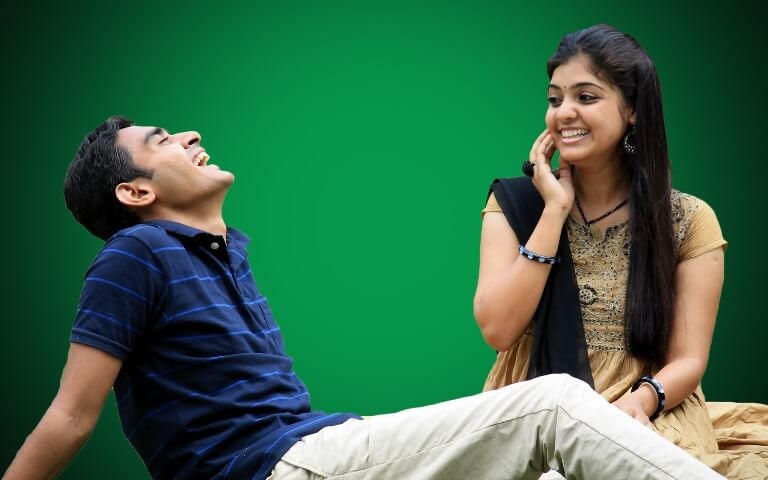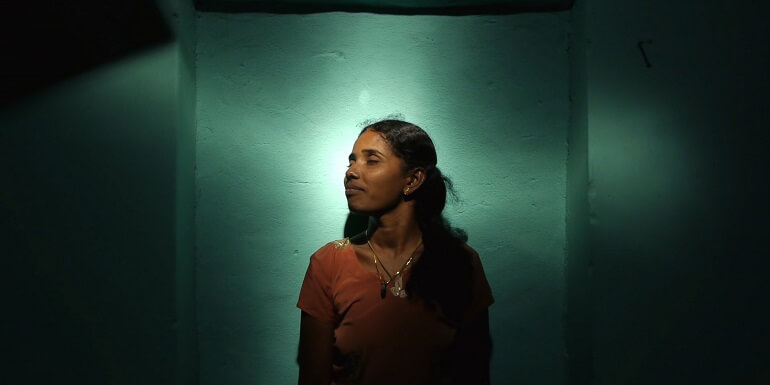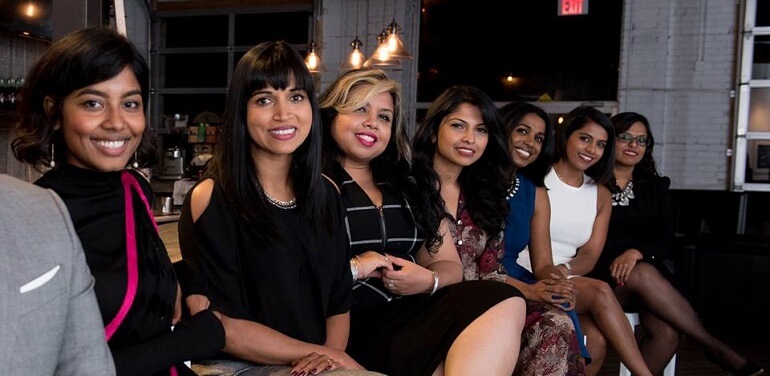Vijay TV’s popular show “Neeya, Naana” made me realize what a huge role media plays in broadening our understanding of the world we live in. On the show, I watched Folklore Artists of Tamil Nadu, India, debate the value of their art against those who didn’t see its relevance today. It became clear that poverty and humiliation were the prices the performers paid to preserve their art form. But it was a simple thing that made it so—a lack of awareness. The show left me wanting to learn more about Tamil Folklore Arts, and when I started looking I found out about Karagattam, Naatu Koothu, Oyilattam, and Devarattam. Of all these, it’s Naatu Koothu that seems to have made a place for itself right here in Toronto.
Naatu Koothu, translates to “Folk Step” in English and incorporates singing and dancing throughout the performance. “Naatu” is derived from “Naadu” (country where the performance comes from). “Koothu” comes from the word “Kudhi” (heel of the foot, which is thumped on the stage to start the performance). It was traditionally performed on a circular stage which allowed the audience to sit right around the performance, and for the performance to be interactive. The instrumentalists would in the midst of it all, playing the Melam (a type of Drum), Sallari (Cymbals) and Sangu (Conch) as the performance was narrated.
Naatu Koothu began as a hobby in the villages of Tamil Naadu, once the harvest was complete. Villagers based performances on popular myths to entertain the village and inspire creativity. Performers were well respected, and villagers were even known to present their daughters in marriage to them. It was also performed as a “Nerthi Kadan” (vow to the village God) when praying for things like rain or a good harvest. To this day, Koothu is performed as a vow at the Bathrakali Ammam temple in the town of Parithithurai, Jaffna, from eight at night to sunrise the next day.
[scrollGallery id=9 start=0 autoScroll=false thumbsdown=true]






